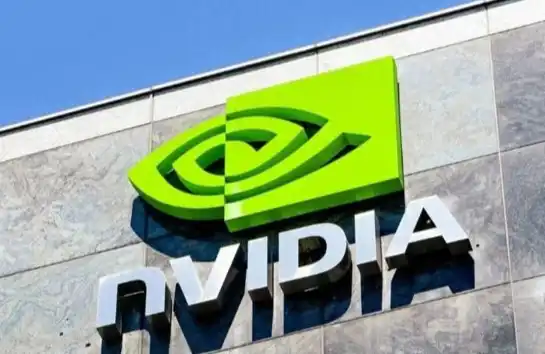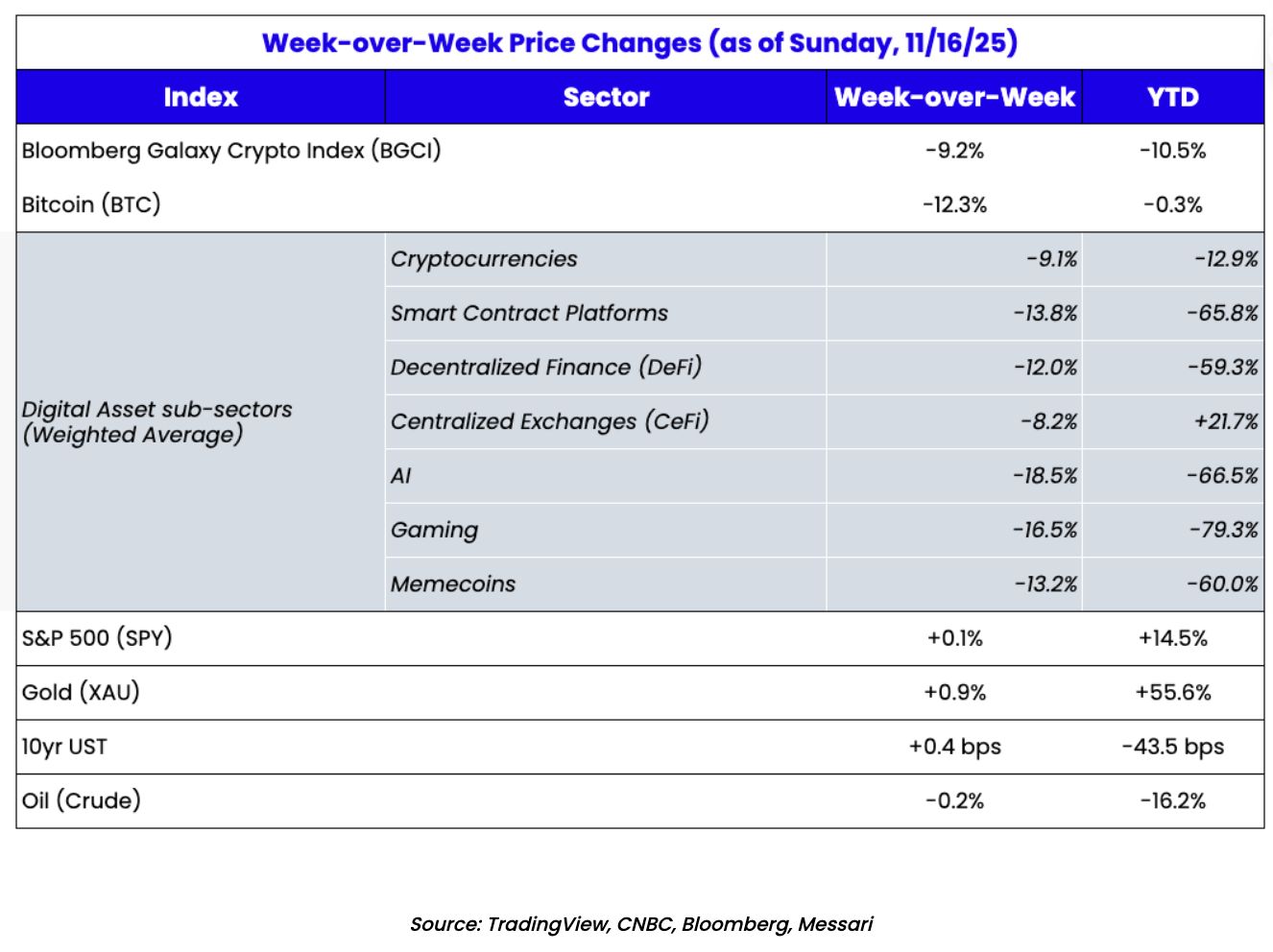Could Microsoft’s New Quantum Processor Pose a Risk to Bitcoin?
Microsoft introduced its latest quantum breakthrough, but could that pose a risk to Bitcoin’s security infrastructure?
The company’s progress with its Majorana 1 quantum chip, which operates using a new form of matter known as a topological superconductor, introduces the possibility of quantum computing undermining existing cryptographic systems. This breakthrough could compromise key Bitcoin protocols like SHA-256 and ECDSA, both essential for securing transactions.
Quantum computing’s ability to process vast amounts of data in a fraction of the time is nothing new, but the specific application of topological superconductors in Microsoft’s new chip could drastically reduce the time required to breach Bitcoin’s cryptography.
Bitcoin’s current security relies on SHA-256 and ECDSA, which depend on large computational effort to secure data. However, quantum computers could employ algorithms such as Grover’s and Shor’s to crack these systems more quickly than classical computers ever could, potentially exposing digital wallets and public keys to attack.
The risk comes from the way quantum systems manipulate subatomic particles, which could allow them to bypass traditional cryptographic barriers. Currently, brute-forcing Bitcoin’s cryptography would take an unfathomable amount of time for classical machines, but quantum computing could achieve the same result almost instantly. This makes Bitcoin wallets, including those holding billions of dollars in BTC, vulnerable to potential exploitation as quantum technology advances.
As discussions around securing Bitcoin from quantum threats grow, proposals for a quantum-resistant network are gaining traction. Researchers are exploring quantum-safe cryptography, with algorithms like CRYSTALS and Lamport signatures being considered for future implementation. Although consensus has not been reached on a solution, the urgency is clear as quantum technology continues to develop, demanding proactive measures to safeguard Bitcoin’s long-term viability.
Disclaimer: The content of this article solely reflects the author's opinion and does not represent the platform in any capacity. This article is not intended to serve as a reference for making investment decisions.
You may also like
The Atlantic: How Will Cryptocurrency Trigger the Next Financial Crisis?
Bitcoin fell below $90,000, and the cryptocurrency market lost $1.2 trillions in six weeks. Stablecoins, criticized for disguising risks as safety, have been identified as potential triggers for a financial crisis, and the GENIUS Act could increase these risks. Summary generated by Mars AI. This summary was generated by the Mars AI model, and the accuracy and completeness of its content are still being iteratively updated.

Bitcoin Surrenders Early as Market Awaits Nvidia’s Earnings Report Tomorrow
Global risk assets have experienced a significant decline recently, with both the US stock market and the cryptocurrency market plunging simultaneously. This is mainly due to investor fears of an AI bubble and uncertainty surrounding the Federal Reserve's monetary policy. Concerns over the AI sector intensified ahead of Nvidia's earnings report, while uncertainty in macroeconomic data further increased market volatility. The correlation between Bitcoin and tech stocks has strengthened, leading to split market sentiment, with some investors choosing to wait and see or buy the dip. Summary generated by Mars AI. The accuracy and completeness of the content generated by the Mars AI model are still being iteratively improved.

Recent Market Analysis: Bitcoin Falls Below Key Support Level, Market on High Alert, Preparing for a No Rate Cut Scenario
Due to the uncertainty surrounding the Federal Reserve’s decision in December, it may be wiser to act cautiously and control positions rather than attempting to predict a short-term bottom.

If HYPE and PUMP were stocks, they would both be undervalued.
If these were stocks, their trading prices would be at least 10 times higher, if not more.

